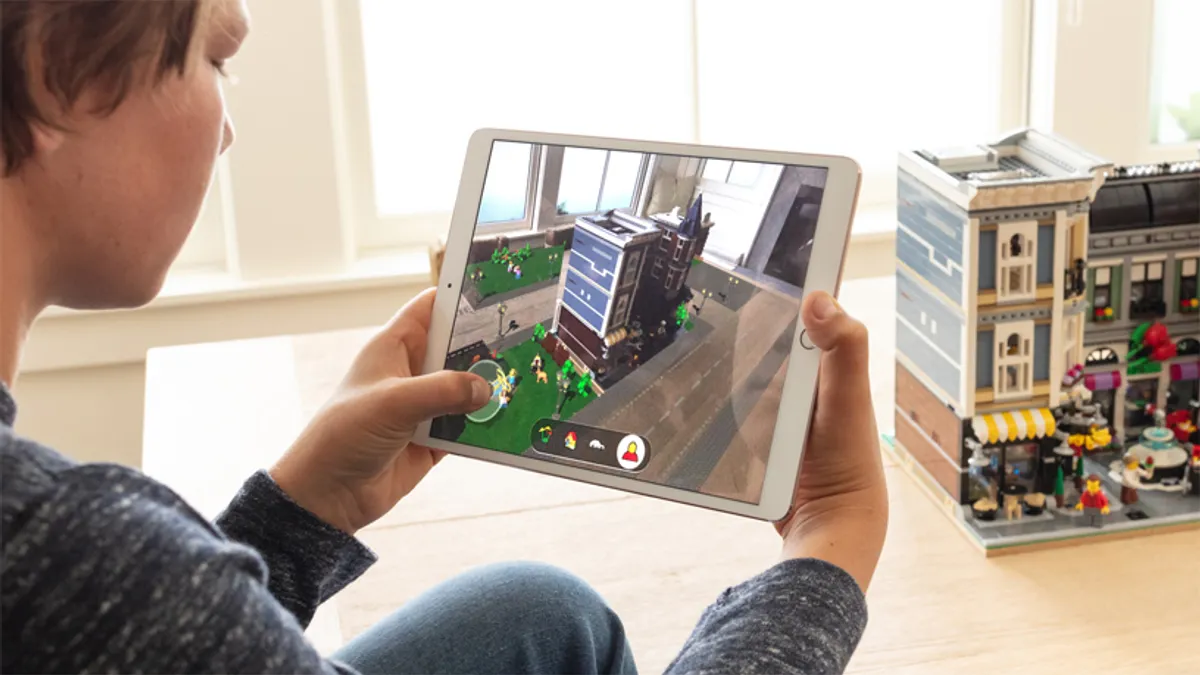The following is a guest post from Glenn Fishback, chief revenue officer at mobile advertising and app monetization platform Smaato.
Over the past three years, time spent in apps doubled globally and the number of app store downloads grew by 35%. With in-app advertising continuing to grow in popularity, it's more important than ever for advertisers to know how their audiences are using mobile apps. Understanding the ways in which different generations use smartphones (and more specifically, mobile apps) helps advertisers optimize their campaigns to offer end users more personalized content.
Generation Z (Ages 6-23)
Generation Z is the youngest and most tech-savvy generation out there. Also known as the iGeneration, Net Gen, Digital Natives or simply Gen Z, they're changing the way companies approach advertising today. By the year 2020, this generation will account for 40% of all consumers.
This consumer group prefers visual apps, like Snapchat, and they're among the biggest consumers of video content, favoring YouTube and TikTok over traditional TV. Research shows that 75% of Gen Zers consider Snapchat to be the best platform for staying connected and informed, while 71% use YouTube as the first-choice channel for long-form content (defined as videos longer than 10 minutes). Compared to older generations, Gen Z generated a 30% higher engagement rate in non-gaming apps.
Gen Z uses an average of five different screens (smartphone, TV, laptop, desktop and tablet) compared to millennials, who switch between three. Gen Z spends between six and nine hours per day consuming media.
Key takeaways for advertisers
The easiest way to engage Gen Z is to use highly visual ad formats, such as full-screen interstitials, in app categories like arts and entertainment, hobbies and interests, sports, style and fashion, food and drink, shopping and travel.
Millennials/Generation Y (Ages 24-38)
Millennials, also known as Generation Y, are the most diverse generation in terms of lifestyle habits and interests. They were the first generation to make smartphone adoption a mass phenomenon, and it's estimated that 94% of millennials will be smartphone users in 2019.
When it comes to app categories, social networking comes first (80% use these channels), followed by music streaming, games and communication. Fewer use apps for weather, navigation, search and entertainment. Research shows that one app millennials can't go without is Amazon, with 35% of 18-to-34-year-olds using this app, followed by Gmail (30%) and Facebook (29%).
In terms of time consumption, 59% of Gen Y spend at least four hours per day using a smartphone. For one-in-five millennials, a staggering 25% of their day is spent on a smart device.
Key takeaways for advertisers
On the Smaato platform, 75% of ad spending for video formats in H2 2018 targeted millennials. Advertisers can improve campaign performance by targeting this age group through engaging video formats with a focus on rewarded and interstitial.
Generation X (Ages 39-53)
Generation X is the bridge between millennials and Baby Boomers. Numerically, they're the smallest of the generations, mainly comprised of busy professionals with families. Their online time is driven by purpose, rather than entertainment, when compared to younger generations. They also have high spending power compared to younger cohorts. This group is most likely to use smartphones to access the internet, as opposed to using desktop or laptop devices. When it comes to mobile time consumption, Gen X spent 2.5 hours daily on their smartphones during Q4 2017, with two-thirds of that time (66%) spent on social media. This generation seeks personal interaction rather than visual stimulation, which is why they're still among the largest demographic group of Facebook users. This can be seen on social media, as Facebook has 10% more Gen X users than YouTube.
Key takeaways for advertisers
Within the rewarded video category, the most significant spend in H2 2018 on the Smaato platform targeted Gen X. Using video formats within dating and social media apps can be a safe bet to winning Gen X's attention.
Apart from social media, Gen X is inclined toward health, parenting, travel and lifestyle apps, as these tools assist them in their busy everyday schedules. They're also the second-largest age group to use dating apps in the US, with 40% of Gen X claiming to actively use or have used a dating app.
Baby Boomers (Ages 54-72)
Baby Boomers have the highest purchasing power and were the latest of all generations to adapt to mobile technologies. Mobile penetration is growing for this age group, with 65.6% of Baby Boomers in the U.S. owning a smartphone in 2018 and 55% of them having a tablet. They're downloading apps that mainly help them with healthy living, travel and shopping to make life easier. In the U.S., 52% of Baby Boomers said they use retail apps to collect more information about a product or service, whereas 40% have used a retail app to buy a product or a service. Baby Boomers in the U.S. are among the smallest group to use mobile payment solutions, where only 14% use apps like Apple Pay or Google Pay.
Key takeaways for advertisers
Baby Boomers are the least active generation in the in-app environment. Reaching them through shopping apps will have the highest impact on advertisers' campaigns, as they're most likely to be found in this app category.
With smart demographic targeting, advertisers can ensure better ROI of their campaigns. And, most importantly, end users are served with customized content that does not disturb their experience when using their favorite apps, creating a closer bond between brand and consumer.






















